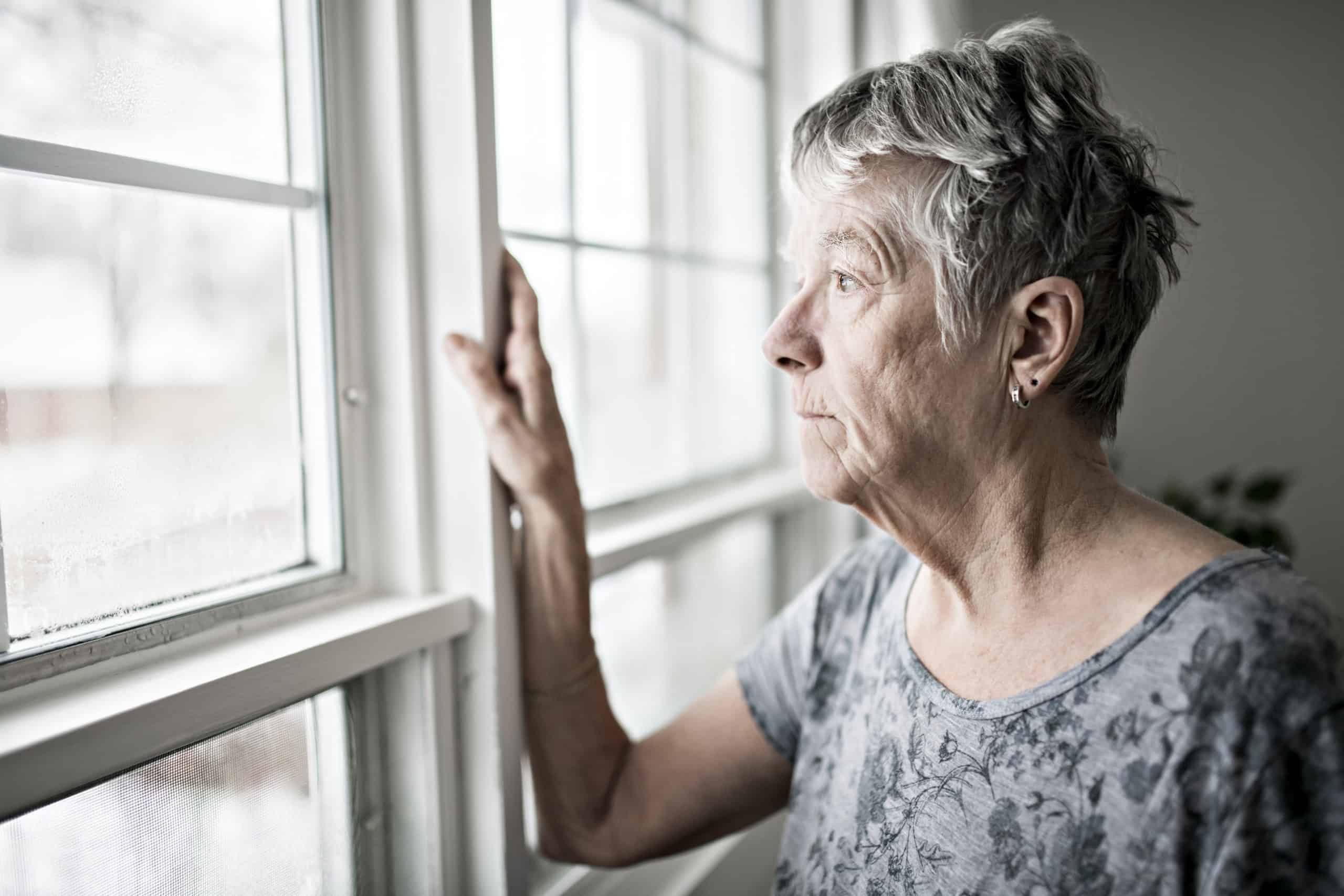You’ve done all you can to provide a good living situation for your elderly loved one, but recent events have led you to scout residential healthcare facilities. How can you know that you’re choosing the right facility, and what are the warning signs of an abusive healthcare facility?
Darlene D. served as a corporate compliance director over four nursing facilities. Her task was to act as a sort of health and safety enforcement (a healthcare “policewoman”) for assisted living facilities, ensuring quality care for every resident. Darlene was employed in this position for nearly eight years, and developed a reputation for cultivating top-notch care practices.
Darlene’s Professional Tips
For those nervous about transitioning a relative in a residential care home, these are Darlene’s professional steps for recognizing an excellent (or abusive) healthcare facility.
1. Consult a doctor or social worker.
Geriatric doctors and nurses are usually in the know of which facilities are reputable. Don’t hesitate to ask for their opinion on where you should start looking. If your loved one has been assigned a social worker, ask for their insight, as well. Chances are, your social worker will know the places to avoid.
2. Check online reviews and past surveys.
Care facilities are much like hotels in that families of residents can submit reviews. Additionally, online searches can lead to discovering past healthcare facility surveys. These surveys will list any problems the facility has had in the past, and if those problems are reoccurring.
3. Check facility qualifications.
It’s essential to match the needs of your loved one with a facility that is equipped for their specific needs.
Some live-in facilities, those known as “Assisted Living Facilities,” require that residents be able to get out of bed and use the bathroom without assistance. Other facilities, known as “Skilled Care Facilities,” serve those with more complex needs such as those who require tube feedings or the use of a ventilator. There are also Hospice facilities for those approaching the end of life. Qualifications for any facility can be found on their home website.
4. Arrange a visit.
Much like apartment shopping, an in-person visit is an irreplaceable tool for learning about any healthcare facility. After arranging a tour, prepare a list of questions and concerns to ask the facility administrator and staff. Be honest and open about your concerns. You have a right to know how your loved one is going to be treated.
5. Observe the outer appearance.
Has the lawn been well-kept? Are there flowers in garden beds, or room for outdoor activities? If the facility looks as though it is in disrepair, it probably is.
6. Note the odors.
One of the most significant tale-tale signs of neglect is the smell. If the facility reeks of urine or other bodily fluids, it is highly likely that someone isn’t providing proper care to their residents.
7. Check the attitudes.
When you arrive, strike up conversations with the staff. Note their attitude towards you as well as towards current residents. Are they attentive, and do they respond with patience and compassion? Are residents relaxed when approaching staff members?
If you or current residents are poorly received— look elsewhere.
8. Look for an Ombudsman number.
This funny-named number is an emergency contact for families should they have concerns that their loved ones aren’t receiving proper care. In an up-to-code facility, this number is listed in plain sight, and is present in the paperwork you receive after enrolling your loved one in residential care.
9. Ask about the staffing ratio.
A quality care facility will assign two or more aids to every patient. If patient aids have ten or fewer patients, this is a good sign! If a patient’s aid has 20 or more patients assigned to them, there probably aren’t enough hands available to provide sufficient care for all of the residents.
10. Look at the food.
An excellent healthcare facility will serve a variety of food and offer replacement meals for residents who don’t like what’s being served. Ask about the menu and what your loved one will receive if they don’t like what’s served.
11. Ask about activities.
Daily activities and community events are vital to the mental and emotional well-being of every resident.
A nice facility will offer a variety of activities. An excellent facility will provide both a variety of events and multiple events per day. Take note of if the patient aids are encouraging residents to attend the events, and don’t forget to ask about seasonal activities, such as holidays and birthdays.
12. Ask about personal items
In a previous article, Darlene disclosed the importance of surrounding the elderly with familiar and comforting objects after their relocation. Ask the administrator about what items of comfort your loved one can bring with them:
- Can they bring their favorite chair or other furniture pieces?
- Are they allowed to keep a stash of their favorite snacks?
- Are they allowed to have cellphones or other electronics?
13. Notice how resident rooms are decorated.
Do rooms show evidence that they are well cared for? Are there personal notes and crafts adoring the walls? Are floors and furniture pieces clean? Darlene suggests that uncleanliness or the presence of too many “plain Jane” rooms is a bad sign in a residential healthcare facility.
14. Use Darlene’s special trick.
During Darlene’s days in corporate compliance, she used a simple trick to test the staff’s responsiveness to resident needs.
Each room is equipped with a call button and call light that signals to the staff when a patient requires assistance. If you have a chance to visit a room, press the call button. Time how long it takes for a patient aid to respond. If it takes 15 minutes or longer for help to arrive, Darlene would not be pleased.
Still concerned?
There are many facilities that provide excellent care for the elderly. Just as some are called to serve in pediatrics, others are called to work in geriatrics.
According to scripture, God’s heart towards us, his promise to care for us, doesn’t fade as we age. We have his faithful promises to hold onto, no matter how many years we collect along life’s way.
“Even to your old age I am he, and to gray hairs I will carry you. I have made, and I will bear; I will carry and will save.” (Isaiah 46:4)




















